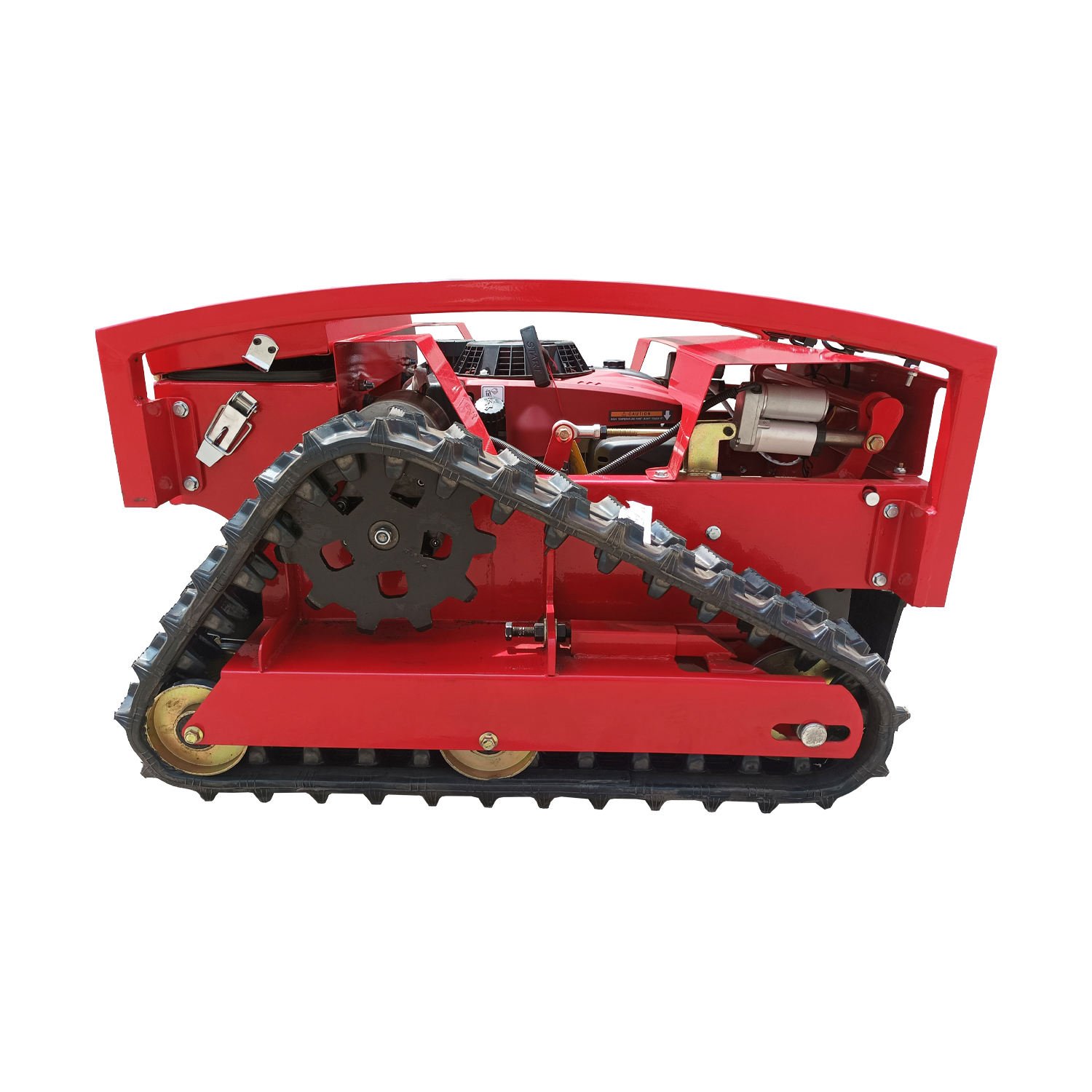

In today's rapidly advancing technological landscape, innovative products are increasingly making their way into our daily lives, and remote-controlled lawn mowers are among the most promising. These devices are quietly transforming the traditional perception of lawn mowing with their unique features and advantages.
The greatest advantage of remote-controlled lawn mowers is their convenience. Users no longer need to manually operate the mower in the outdoors. Instead, they can easily control the mower's direction, speed, and working mode through a remote control or smartphone app. This is a huge blessing for those who are physically challenged, time-strapped, or simply tired of outdoor labor. It not only saves labor but also significantly improves mowing efficiency, allowing large areas of grass to be cut in a short time.
Additionally, remote-controlled lawn mowers offer high flexibility. They can easily navigate various complex terrains and environments, whether it is steep slopes, ditches, or narrow spaces. They can reach every corner and ensure precise mowing. Moreover, their intelligent control systems can automatically adjust the mowing height and speed based on different grass heights and terrain, guaranteeing a uniform and aesthetically pleasing result.
As people's pursuit of a higher quality of life continues to grow and the aging population increases, the shortage of labor is becoming more evident. The market prospects for remote-controlled lawn mowers are extremely broad. In family gardens and villa courtyards, they can help people easily manage their lawns, freeing up more time for leisure. In large parks, golf courses, and campuses, they can reduce the physical strain on workers, improve efficiency, and lower labor costs. In the agricultural sector, they can also be used for weed control in farmlands, providing convenience for agricultural production.
Furthermore, with the continuous development of artificial intelligence and the Internet of Things, the functions of remote-controlled lawn mowers will continue to expand and upgrade. In the future, they are expected to achieve more intelligent features such as autonomous mowing, automatic charging, and fault diagnosis, further enhancing the user experience and bringing even more convenience to people's lives and work.
In family settings, remote-controlled lawn mowers can easily handle lawns of various shapes and sizes. Whether it is a weekend morning or an evening after work, users can remotely start the mower through their smartphones, allowing it to work automatically on the lawn without worrying about disturbing neighbors. Moreover, their low-noise design makes the mowing process quieter and more comfortable.
In public green spaces, such as parks and squares, remote-controlled lawn mowers can efficiently complete large-scale mowing tasks. Workers can remotely monitor and operate multiple mowers from a control room using a computer or tablet, achieving coordinated operations and significantly improving work efficiency while minimizing disruption to visitors.
In the agricultural sector, remote-controlled lawn mowers can be used for weed control in orchards, tea gardens, and other crop planting areas. They can accurately avoid crops and only remove weeds, reducing the labor intensity and time cost of manual weeding while also avoiding the environmental pollution caused by herbicides, in line with the requirements of green agriculture.
The emergence of remote-controlled lawn mowers has brought numerous conveniences to people's lives and work. With their high efficiency, convenience, and flexibility, as well as their ability to adapt to various usage scenarios, they have demonstrated a bright future. As technology continues to progress, we have every reason to believe that remote-controlled lawn mowers will play an even more important role in the future of lawn mowing, creating a more beautiful living environment for everyone.